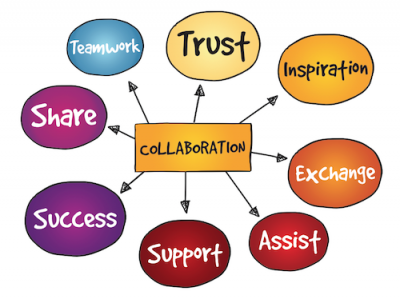 I have always been a proponent that if something is just not working well, shifting gears may be a solution. Let’s face it – everything is changing fast these days, so much so that it seems as if technology leads the pack in shifting gears at every juncture of our daily lives.
I have always been a proponent that if something is just not working well, shifting gears may be a solution. Let’s face it – everything is changing fast these days, so much so that it seems as if technology leads the pack in shifting gears at every juncture of our daily lives.
Shifting gears often is related to moving from one level of activity to another; taking on a new course or direction that results in change. And hopefully that change is positive.
Elder care today is more and more becoming about caring for someone with dementia. Why the shift? Because we’re living longer and the reason so many more people are getting dementia is simply for that reason – as we age the probability of cognitive impairments increases. So, if we shift gears in terms of thinking about elder care in terms of caring for someone with some level of cognitive impairment, could care for that person change… for the better?
Most certainly our focus as a nation and world is clearly focused on dementia care as the public health crisis of our generation. Because of this, there has never before been such a concerted effort in shifting gears to new models of care, most often referred to as person-centered or patient-centered care.
Will shifting gears alone be the impetus for deep culture change? Certainly those of us passionately advocating for vast changes in care for our older adults and those that serve them hope that enough of us will collectively make a difference. By bringing the human side of caregiving to the forefront, rather than taking a secondary role to the medical model of care, change can certainly be deep and wide.
This shift in gears requires a shift in our thinking. Taking a new course means taking risks, accepting that not every decision is going to be the right one, and that it is a continual process of trying new approaches until outcomes improve for everyone, especially those we are caring for.
Pam Brandon is President/Founder of AGE-u-cate® Training Institute. AGE-u-cate develops and delivers aging and dementia education for professional and family caregivers that results in transformative change.
 We all like to think that have compassion for others don’t we? After all, we give care, so we must have empathy. Is there a difference between caring and true compassion?
We all like to think that have compassion for others don’t we? After all, we give care, so we must have empathy. Is there a difference between caring and true compassion?
 Our hyper competitive, profit driven business world often scoffs at the idea of collaboration. I supposed I’m naive, but I want to think that those in senior care are more passionate and compassionate about working with others for the greater good. I still believe this is true for most of us. Working well with others almost always comes back to us ten fold. This is true in life and business.
Our hyper competitive, profit driven business world often scoffs at the idea of collaboration. I supposed I’m naive, but I want to think that those in senior care are more passionate and compassionate about working with others for the greater good. I still believe this is true for most of us. Working well with others almost always comes back to us ten fold. This is true in life and business.